- Schools across the globe have closed to stem the spread of the coronavirus, impacting 1.4 billion students.
- In a handful of countries, including Israel, Japan, Denmark, and China, where risks have declined, schools are beginning to reopen.
- Schools are taking a number of precautionary measures, such as mandatory temperature checks, holding classes outside, and spacing desks and tables apart.
- Visit Insider’s homepage for more stories.
When the coronavirus pandemic hit, schools across the globe closed their doors to help slow the spread of the disease, a decision that has impacted 1.4 billion students worldwide.
It will still be months before schools reopen in many countries. But in a handful of places, where infection rates have dropped significantly, schools are starting to hold classes again. They’re taking a number of precautionary measures to do so safely.
On Sunday, school reopened in Israel for children with special needs, students in first through third grade and juniors and seniors in high school. Classes were already underway in Norway, Japan, Denmark, China, and Taiwan.
Children went back to institutions that have adjusted to a new reality. Staff members are taking students’ temperatures at the door. Some schools have closed playgrounds, and are spacing desks in classrooms a safe six feet apart. When possible, teachers are holding lessons outside and in small groups.
In the US, many schools will remain closed for the year. The Centers for Disease Control and Prevention has issued preliminary guidelines, which include closing cafeterias, canceling sporting events, and field trips.
The US, and other countries, will likely also take cues from Denmark, Japan, Norway, China, Israel, and Taiwan. Here's what they're doing to keep their students safe.
Desks are stationed six feet apart, and parents are no longer allowed inside school buildings
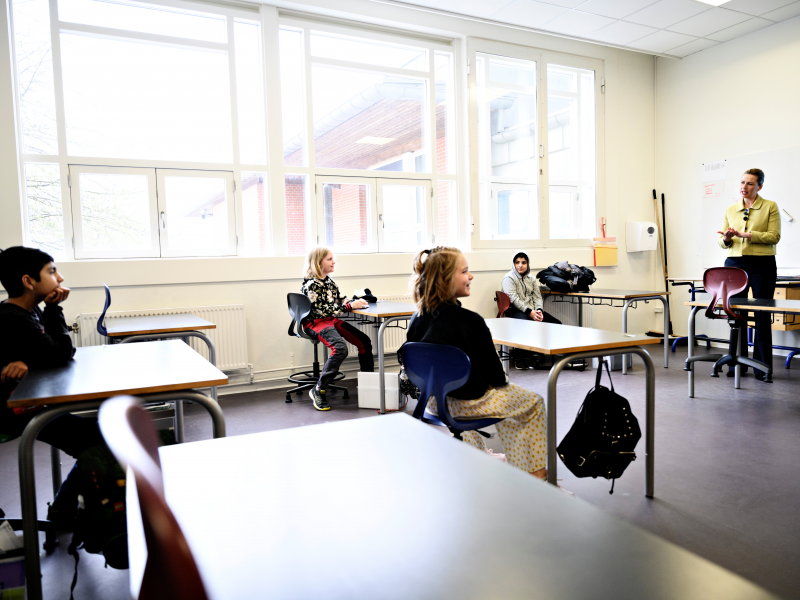
To reduce the risk of infection, students' desks in Denmark, Israel, and Norway are spaced six feet apart, which is the official recommendation for effective social distancing.
In Denmark, children enter through several different entrances to prevent crowding and parents are not allowed inside the school.
In eastern China, schoolchildren are given hats to wear that measure three feet across, to remind them to keep a safe distance from others.
In Israel, students are not permitted to have physical contact with peers or staff.
Students undergo temperature checks on arrival
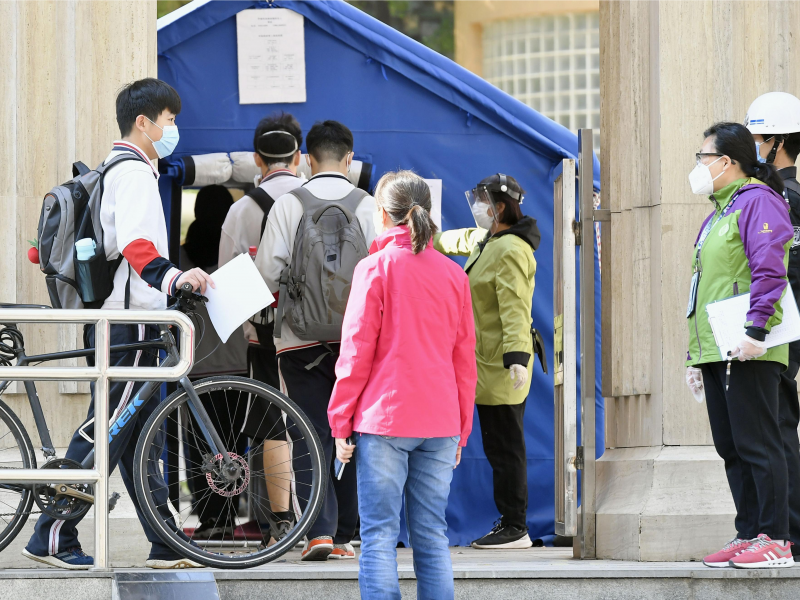
In Japan, Taiwan, and China, staff members are taking students' temperatures before they enter school buildings. Children with fever are sent home.
In Beijing, students are required to fill out a survey on an app that calculates a person's risk of infection. Students may only enter schools if the app indicates that they are in good health.
Some students in Beijing were also given personal thermometers and are required to take their temperature twice a day while at school.
In Israel, parents have to sign a health form confirming that their child does not have the coronavirus. If a family member has the coronavirus, then the child is not permitted to go to school.
Teachers are holding some classes outdoors and playgrounds are closed
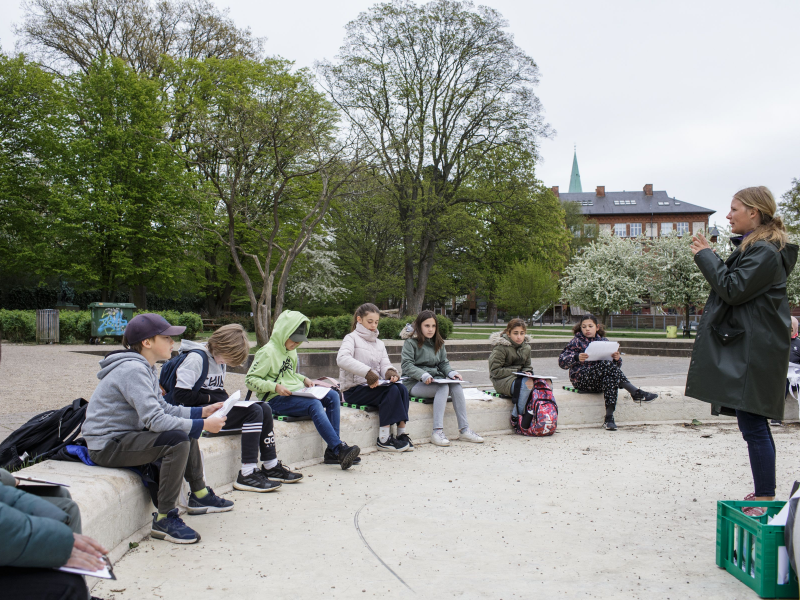
In Denmark and Norway, whenever possible, classes are held outside. Playgrounds and many school libraries are closed.
Children are required to wash their hands every hour and wear masks
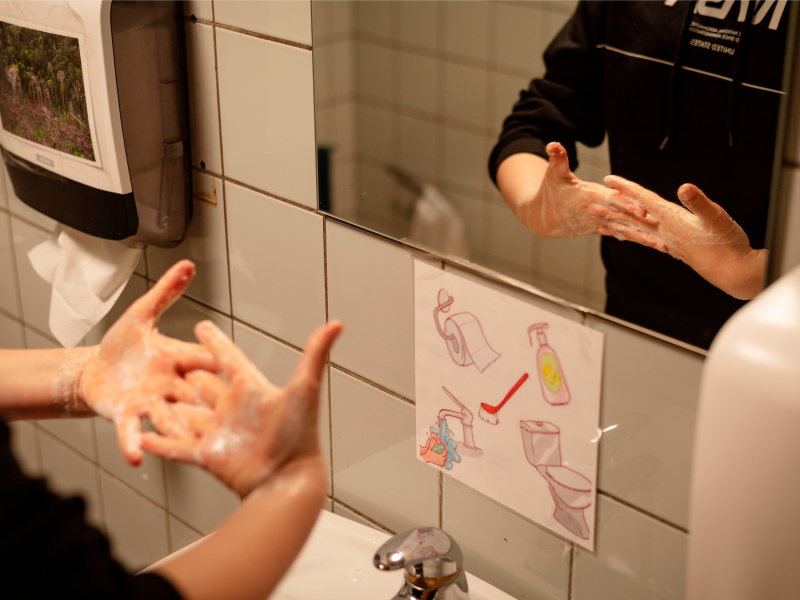
In Denmark, schools have installed handwashing stations outside of the buildings and students have to wash their hands at least once an hour.
Some schools in Taiwan have required students to wear masks at all times, according to Taiwan News.
Second and third graders in Israel wear protective masks while in school, but not in the classroom.
In some cafeterias, students are assigned seats and tables are spaced at least three feet apart
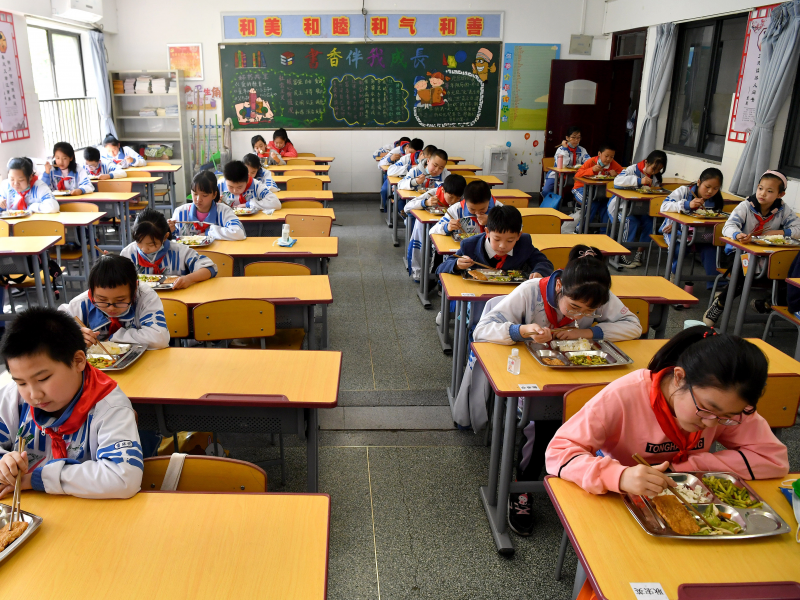
At some schools in Shanghai and Beijing, students are assigned seats in the cafeteria and the tables are spaced at least three feet apart, Taiwan News reported.
In other schools, cafeterias have closed, and students eat in their classrooms. In its preliminary guidelines, the CDC has made the same recommendation for US schools.
Class and play group sizes are smaller now
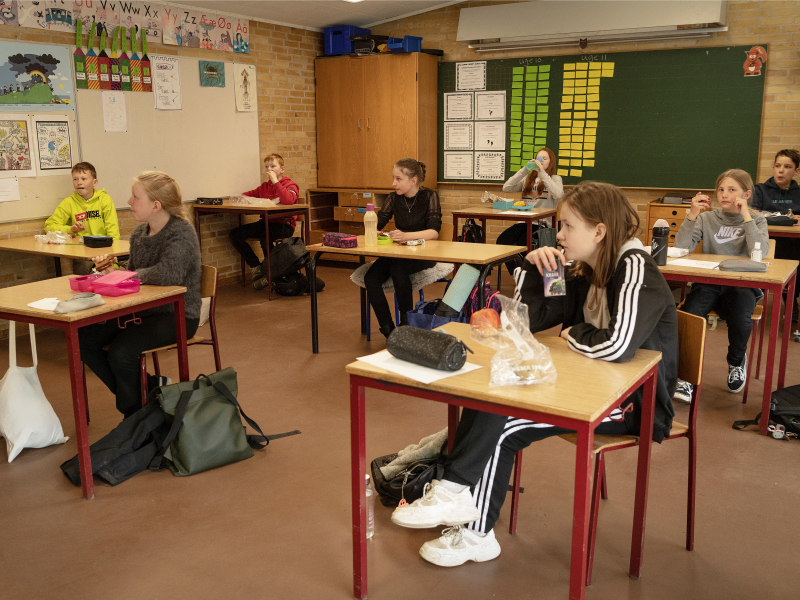
In parts of Denmark, where the average class size was 20, classes have been divided into two or three smaller groups.Each group has its own room and teacher. During the school day, children only interact with classmates in their assigned group.
In Norway, children spend the day in groups of three or six, depending on their age. Before the pandemic, the average class size in Norway was also 20.
Some schools have rooms to isolate students who have fever
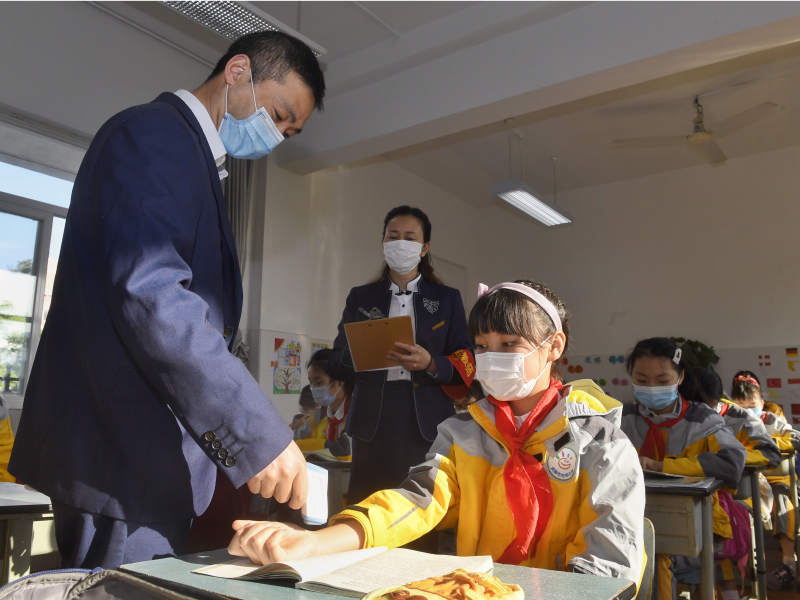
In Shanghai, some schools have designated rooms for isolating students with fever.
Students are returning in phases and schools have staggered drop-off times
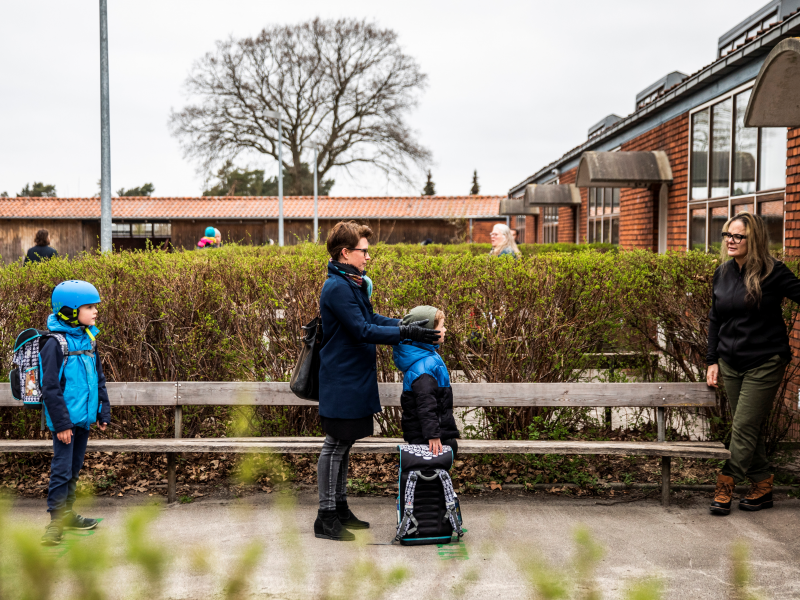
Earlier this month, students up to fifth grade returned to school in Denmark, which was the first phase of the prime minister's plan to reopen the country's economy.
In Norway, nursery and kindergarten students returned to school on April 20. Primary school students returned the following Monday.
In Beijing, high school students returned to school at the end of April. Middle school students are set to go back on May 11.
Officials in Israel gave the OK for grades one through three to return to schools on May 3. The rest of the country's students are scheduled to return next month.
Staff disinfect toys and classrooms twice a day
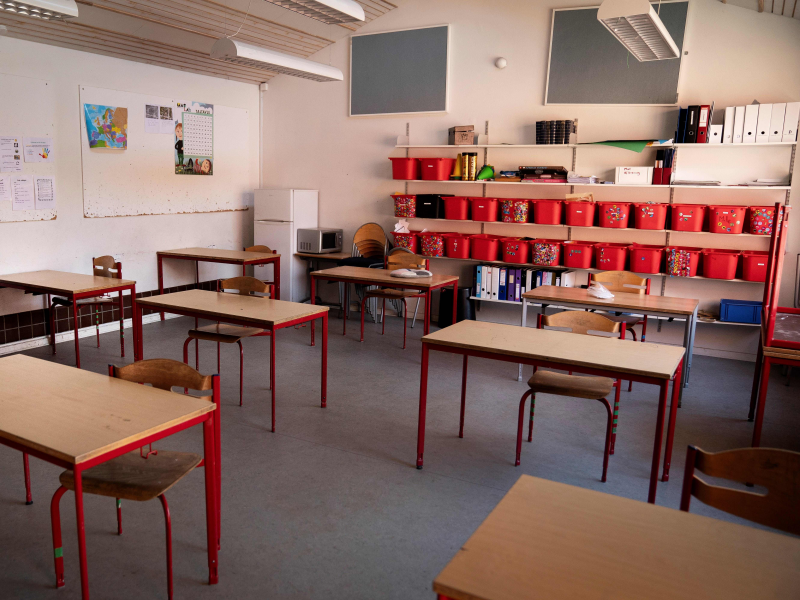
In Norway, staff members at schools are expected to disinfect classrooms and toys twice a day to stem the spread of the virus, according to the Guardian. Children are no longer allowed to bring in toys from home, and schools have banned toys that can't be easily wiped down, like stuffed animals and dolls.
In Israel, children are not allowed to check books out of school libraries, share food, borrow pencils or pens from other students, or play games where touching is involved.
Staff with underlying health conditions and those who are over 65 are being asked to stay home
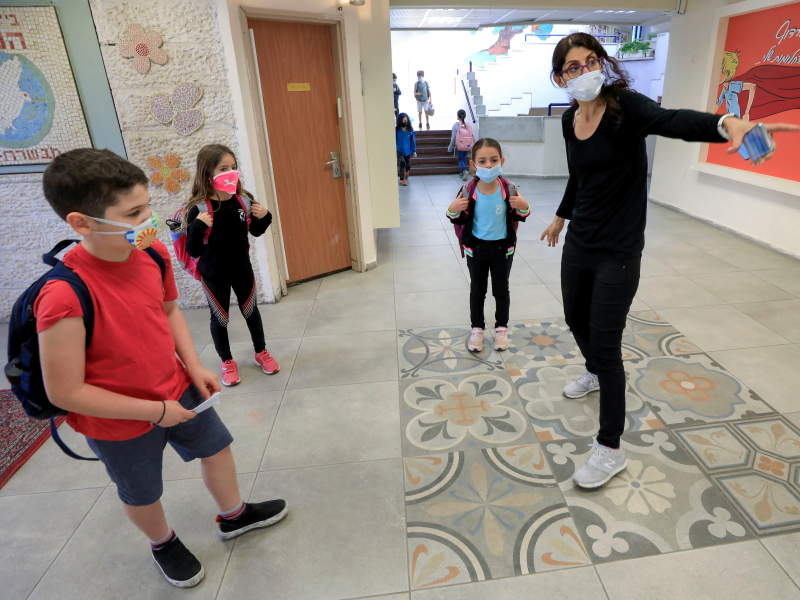
In Israel, staff members who are older than 65, or who have underlying conditions, were told not return to work yet, since they are more susceptible to complications related to the coronavirus.
Children sanitize their hands and footwear before entering the building
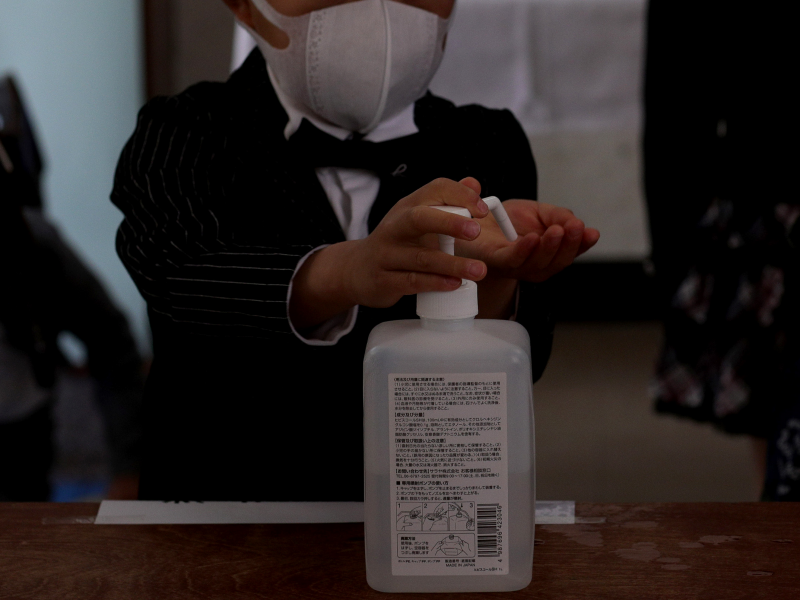
In Taiwan, where schools only shut their doors for a few weeks, students wash their hands before each class and sanitize their shoes when they arrive in the morning, the Montreal Gazette reported.
- Read more:
- Denmark is starting to open schools, but some parents are rebelling
- A Florida principal lined her school's driveway with senior portraits to celebrate the graduating class
- Angelina Jolie said that when she was younger, she 'never thought I could be anyone's mom'
- Dr. Fauci promised a 7-year-old girl that the Tooth Fairy can't get the coronavirus and will continue her visits
